Support us! https://www.patreon.com/mlstProfessor Murray Shanahan is a renowned researcher on sophisticated cognition and its implications for artificial int…
Get the latest international news and world events from around the world.

From Turing’s conception of machine intelligence to the evolution of AI in early childhood education: conceptual, empirical, and practical insights
Artificial intelligence (AI) is rapidly permeating many aspects of our everyday lives and nearly every sector of society. In education, AI innovations are increasingly recognized for their transformative potential for enhancing teaching and student learning. In this article, I focus specifically on the evolution of AI in early childhood education (ECE), serving children from birth to age 8. To shed light on this phenomenon, I synthesize pertinent literature to yield conceptual, empirical, and practical insights. I begin with a historical perspective, tracing the origins of Turing’s conception of machine intelligence and the term “AI” to the current practical applications of AI in ECE and AI use by, for, and with children. I then examine developmental appropriateness and ethical considerations surrounding AI use. Next, I identify new opportunities and challenges for early childhood teachers, offering practical recommendations for education leaders and proposing future research directions. Finally, I conclude by reimagining an AI-powered future of ECE, emphasizing the need for supportive practices, active engagement, and the cultivation of positive dispositions among all key stakeholders, who must keep pace with the evolving AI landscape by navigating new opportunities, emerging challenges, and innovative developments. Additionally, I reimagine a transformative educational landscape enriched by student-centered, innovative teaching practices that catalyze learning in an AI-child interactive environment. In this reimagined and progressive educational landscape, the children are empowered with equal opportunities and equitable resources to naturally learn about and from developmentally appropriate AI tools as well as leverage them in ethical and responsible ways to enhance their learning.
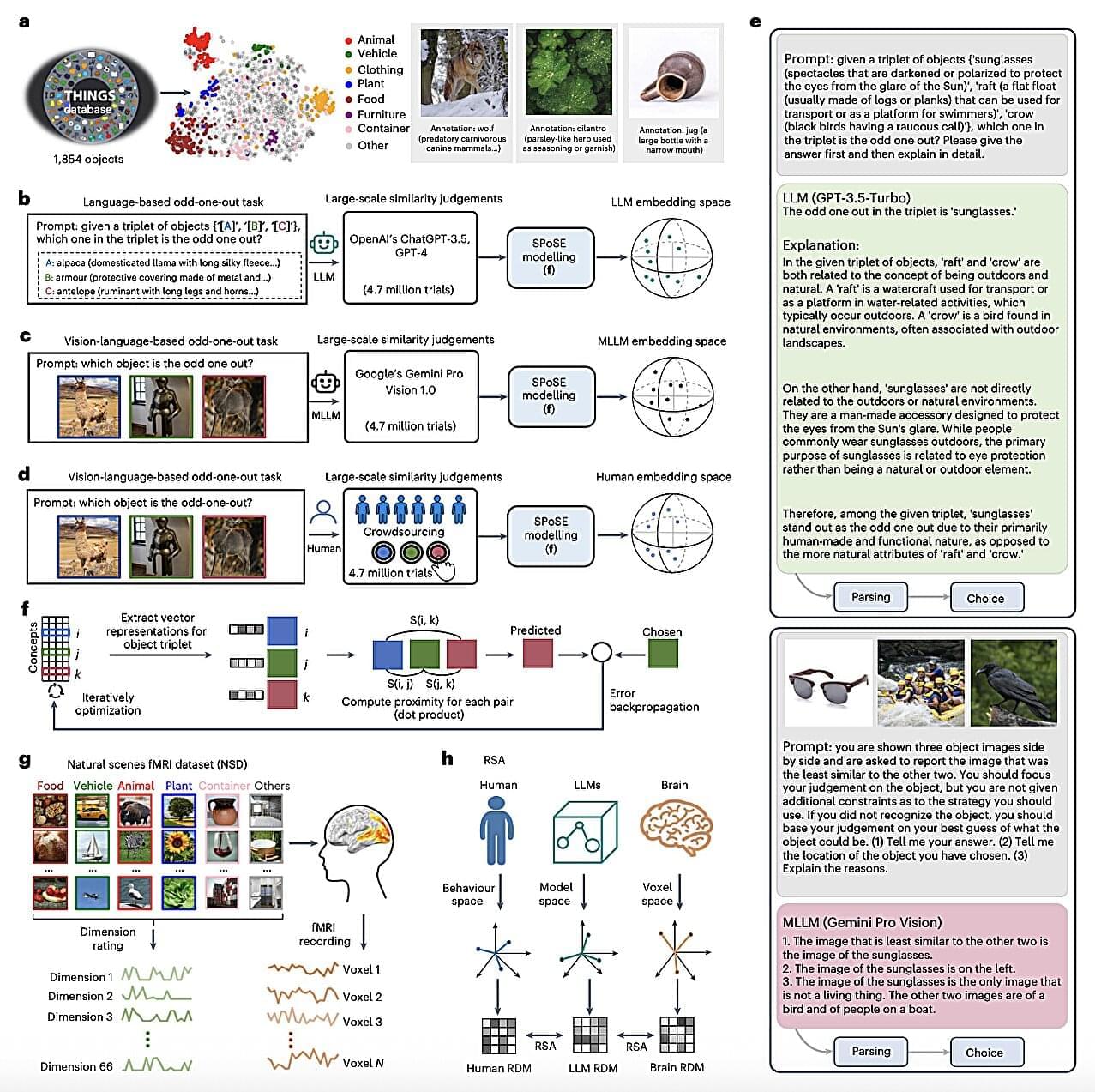
Multimodal LLMs and the human brain create object representations in similar ways, study finds
A better understanding of how the human brain represents objects that exist in nature, such as rocks, plants, animals, and so on, could have interesting implications for research in various fields, including psychology, neuroscience and computer science. Specifically, it could help shed new light on how humans interpret sensory information and complete different real-world tasks, which could also inform the development of artificial intelligence (AI) techniques that closely emulate biological and mental processes.
Multimodal large language models (LLMs), such as the latest models underpinning the functioning of the popular conversational platform ChatGPT, have been found to be highly effective computational techniques for the analysis and generation of texts in various human languages, images and even short videos.
As the texts and images generated by these models are often very convincing, to the point that they could appear to be human-created content, multimodal LLMs could be interesting experimental tools for studying the underpinnings of object representations.

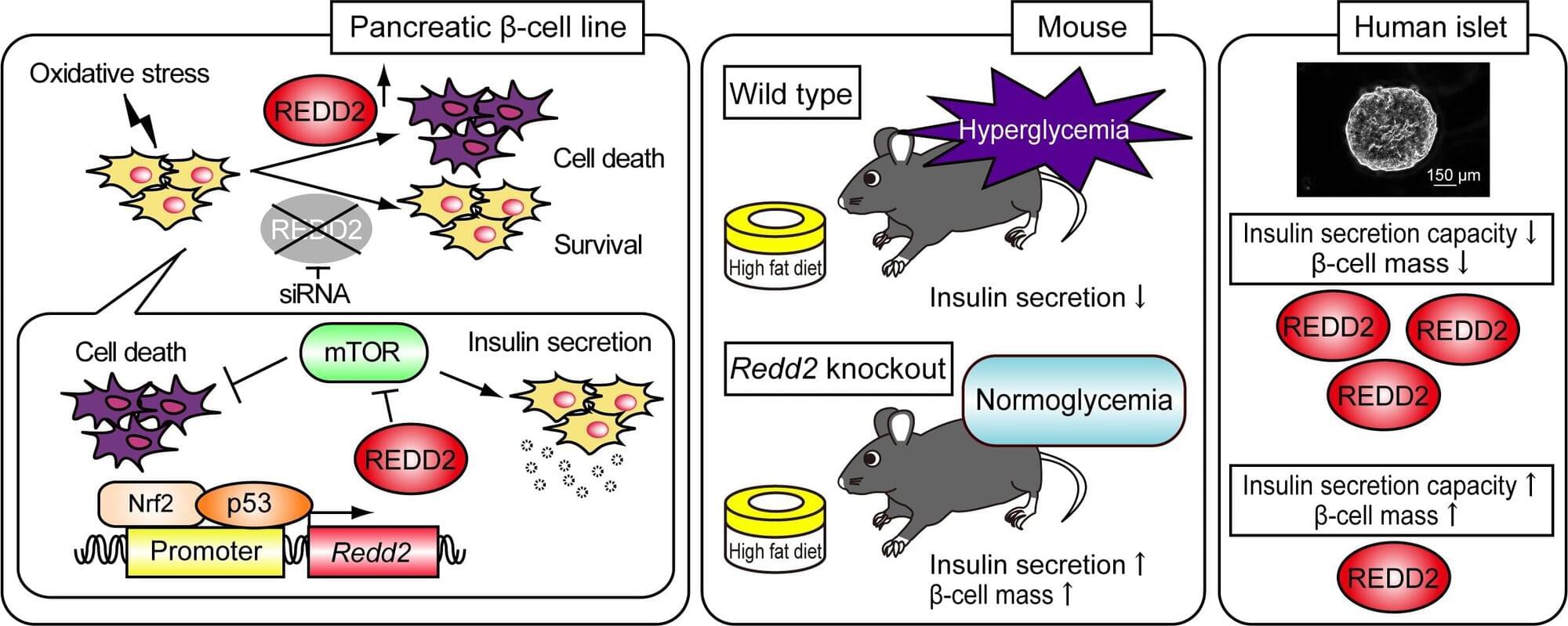
Insulin on edge: Study identifies stress-triggered gene behind diabetes
Researchers from Osaka Metropolitan University have identified a gene that, when activated by metabolic stress, damages pancreatic β-cells—the cells responsible for insulin production and blood sugar control—pushing them toward dysfunction. The findings highlight a promising new target for early intervention in type 2 diabetes. The study is published in the Journal of Biological Chemistry.
While many factors can contribute to type 2 diabetes, lifestyle, especially diet, plays a major role in its onset. Genetics matter, but poor eating habits can greatly increase the risk of developing what is now often called a “silent epidemic.”
“Type 2 diabetes occurs when pancreatic β-cells, which secrete insulin to regulate blood glucose, become impaired due to prolonged stress caused by poor dietary habits, a condition known as oxidative stress,” said Naoki Harada, an associate professor at Osaka Metropolitan University’s Graduate School of Agriculture and lead author of this study.

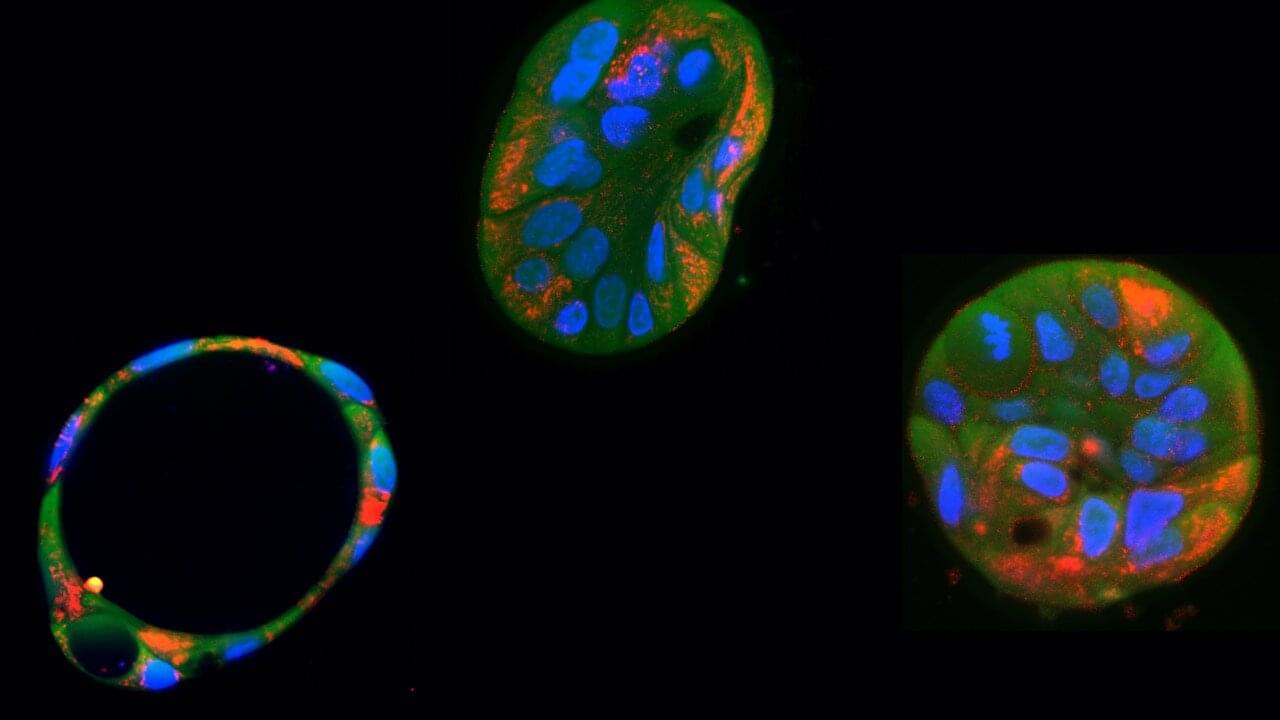
Scientists use gene editing to correct harmful mitochondrial mutations in human cells
In a step toward treating mitochondrial diseases, researchers in the Netherlands have successfully edited harmful mutations in mitochondrial DNA using a genetic tool known as a base editor. The results, published in the open-access journal PLOS Biology, offer new hope for people with rare genetic conditions.
Mitochondria have their own small set of DNA. Mutations in this mitochondrial DNA can lead to a wide range of maternally inherited diseases, cancer, and aging-related conditions. While the development of CRISPR technology has given scientists new ways to correct mutations in nuclear DNA, this system cannot effectively cross the mitochondrial membrane and reach mitochondrial DNA.
In the new study, the researchers used a tool called a base editor—specifically, a DdCBE (double-stranded DNA deaminase toxin A-derived cytosine base editor). This tool allows scientists to change a single letter in the DNA code without cutting it, and it works on mitochondrial DNA.
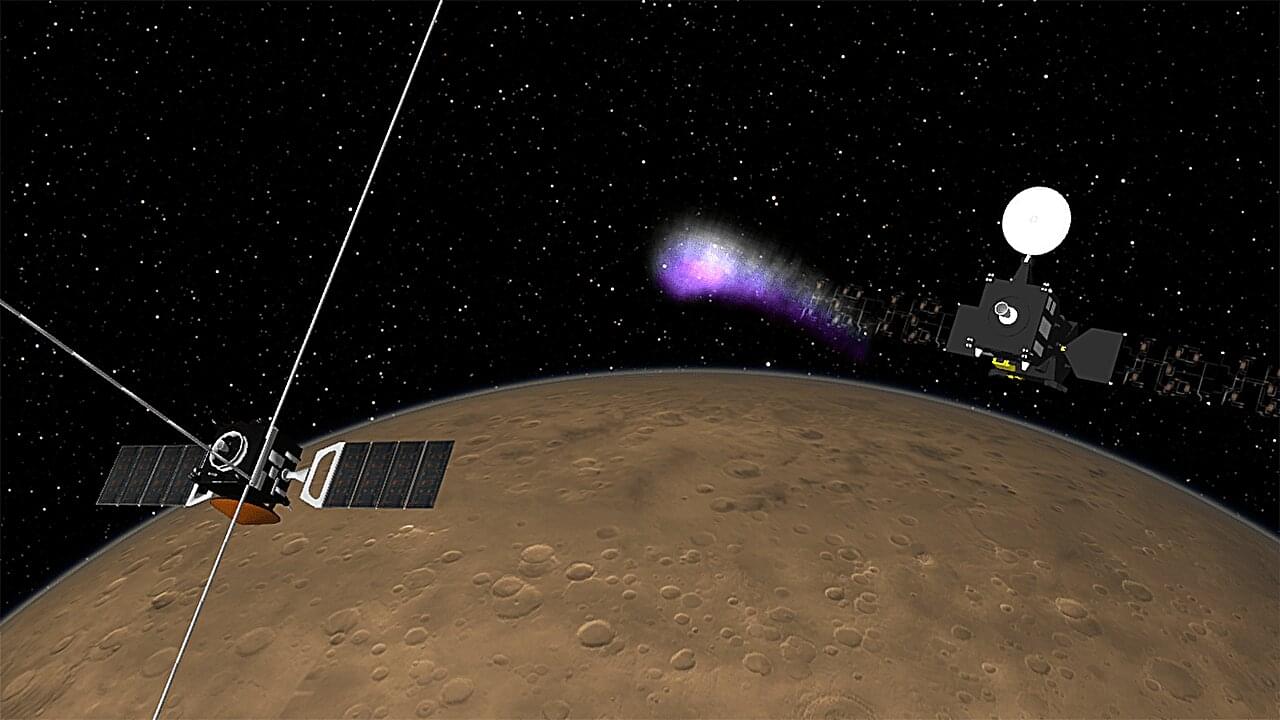
Orbiter pair expands view of Martian ionosphere
Like Earth, Mars is surrounded by an ionosphere—the part of its upper atmosphere where radiation from the sun knocks electrons off of atoms and molecules, creating charged particles. The Martian ionosphere is complex and continuously changes over the course of the day, but its role in atmospheric dynamics and radio communication signals means understanding it is key for Mars exploration.
One way to study the Martian ionosphere is with radio occultation, in which a spacecraft orbiting Mars sends a radio signal to a receiver on Earth. When it skims across the Martian ionosphere, the signal bends slightly. Researchers can measure this refraction to learn about Martian ionospheric properties such as electron density and temperature. However, the relative positions of Mars, Earth, and the sun mean conventional radio occultation cannot measure the middle of the Martian day.
Now, in an article published in the Journal of Geophysical Research: Planets, Jacob Parrot and colleagues deepen our understanding of the Martian ionosphere using an approach called mutual radio occultation, in which the radio signal is sent not from an orbiter to Earth but between two Mars orbiters. As one orbiter rises or sets behind Mars from the other’s perspective, the signal passes through the ionosphere and refracts according to the ionosphere’s properties.
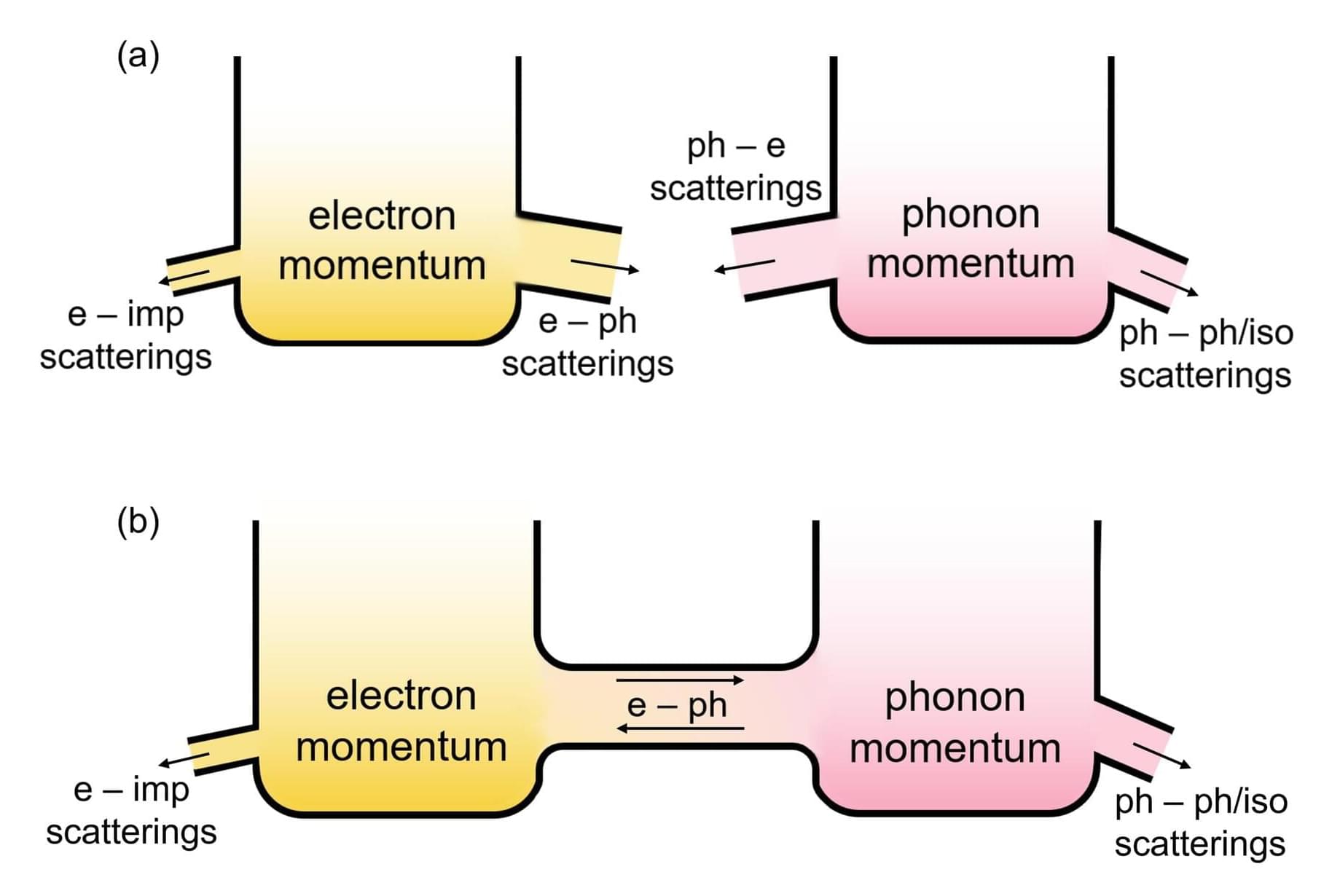
Coupled electrons and phonons may flow like water in 2D semiconductors
A condition long considered to be unfavorable to electrical conduction in semiconductor materials may actually be beneficial in 2D semiconductors, according to new findings by UC Santa Barbara researchers published in the journal Physical Review Letters.
Electron-phonon interactions—collisions between charge-carrying electrons and heat-carrying vibrations in the atomic lattice of the material—are considered the primary cause of electrons slowing down as they travel through semiconductor material. But according to UCSB mechanical engineers Bolin Liao and Yujie Quan, when electrons and phonons are considered as a single system, these interactions in atomically thin material prove to actually conserve total momentum and energy, and could have important implications for 2D semiconductor design.
“This is in sharp contrast to three-dimensional systems where you have a lot of momentum loss processes,” said Liao, who specializes in thermal and energy science.
